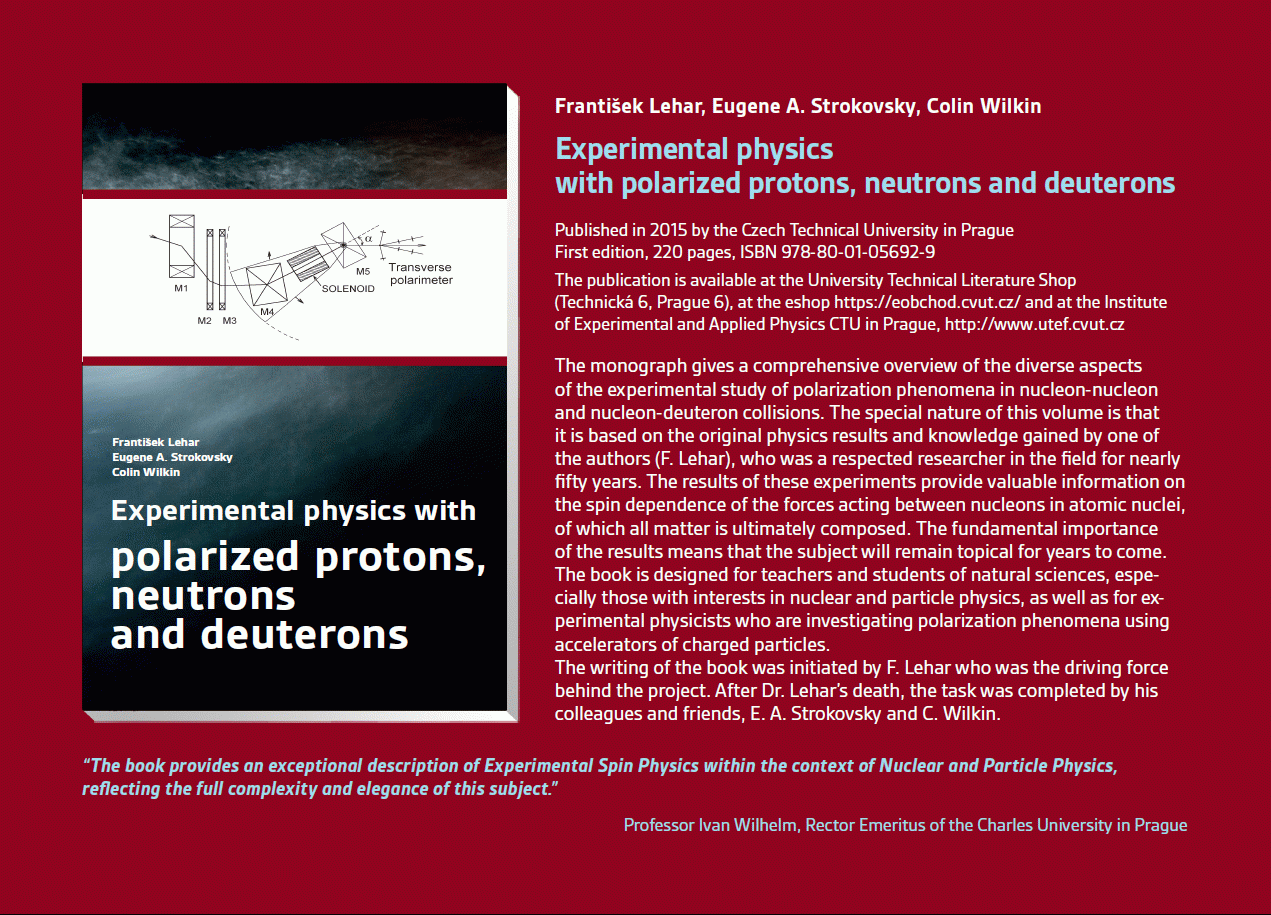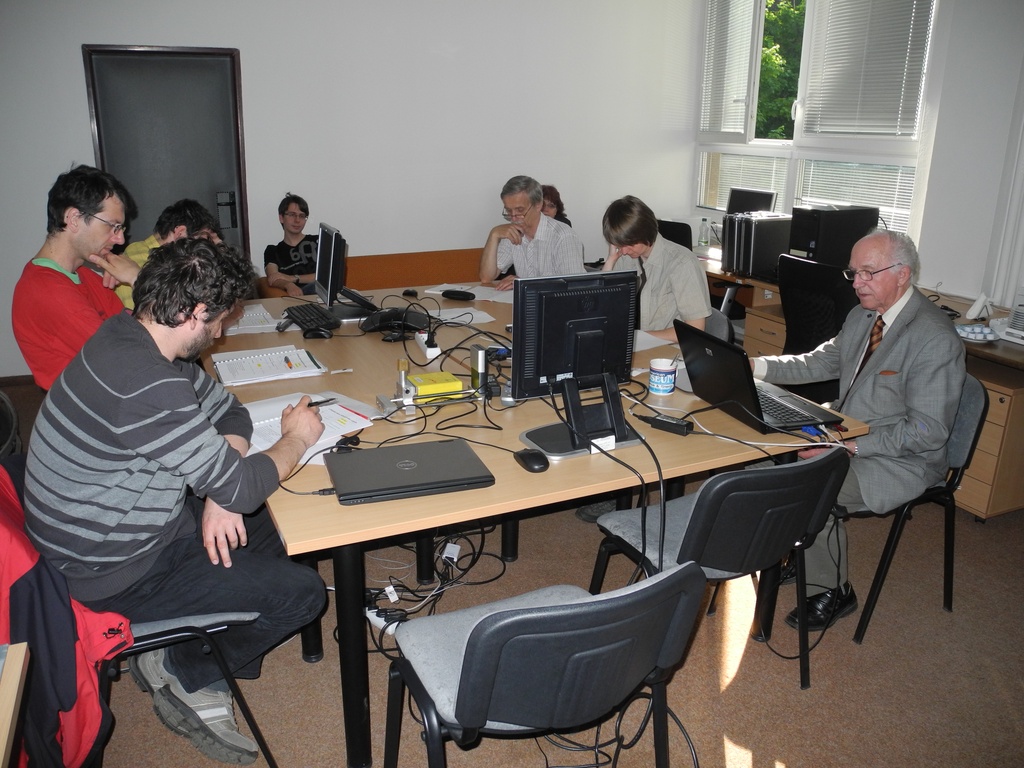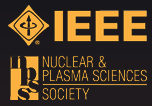
Goal:
- develop and put into practice neutron detectors with a maximum detection efficiency, which are based on silicon detector with a conversion layer;
- develop and defend a methodology of material, electronic and radiation detection tests damaged 3D detectors.
Semi-3D semiconductor detectors
Semi-3D detectors are similar to planar detectors but their surface is modified using electro-chemical etching into the shape of regular arranged pyramids, pillars or recess. Aim of this modification is to larger active surface area of the detector and use the conversion layer sensitive to thermal neutrons. Increasing the active area of the detector causes increased detection efficiency, which is confirmed by both numerical calculations and by experiments. Draft Semi-3D detectors in the shape of a pyramid is the original proposal of Dr. Pospíšil.
3D detektors
3D detectors proposed by S. Parker are new generation of semiconductor devices. Collecting electrodes, compared with previous types of semiconductor detectors are in form of very narrow cylinders penetrating through the entire thickness of the detector perpendicular to the surface. Electrodes are etched by electrochemical etching and doped with polykrystaline silicon. 3D detectors will therefore show short charge collection times and will provide very fast signals. It can be expected that both chracteristics will have a significant impact on improving the radiation hardness.
(1)

| Name | Author | Scientific journal |  Year Year
|
| Radiation hardness properties of full-3D active edge silicon sensors | Da Viá C.; Hasi J.; Kenney C.; Linhart V.; Parker S.; Slavíček T.; Watts S.; Bém P.; Horažďovský T.; Pospíšil S. | NIM A 587 (2008) 243–249 | 2008 |






 Experimental physics
with polarized protons, neutrons and deuterons
Experimental physics
with polarized protons, neutrons and deuterons Progressive detection methods in atomic and particle physics education at middle and high school level
Progressive detection methods in atomic and particle physics education at middle and high school level NSS MIC IEEE Conference
NSS MIC IEEE Conference SEPnet, CERN@school Conference
SEPnet, CERN@school Conference Lovci záhad - natáčení ČT ve spolupráci s ÚTEF
Lovci záhad - natáčení ČT ve spolupráci s ÚTEF Advanced detection methods in atomic and subatomic physics education.
Advanced detection methods in atomic and subatomic physics education. Listening to the universe by detection cosmic rays - visit of French and Czech students
Listening to the universe by detection cosmic rays - visit of French and Czech students NSS MIC IEEE Conference
NSS MIC IEEE Conference 15thIWORID
15thIWORID NSS MIC IEEE Conference
NSS MIC IEEE Conference